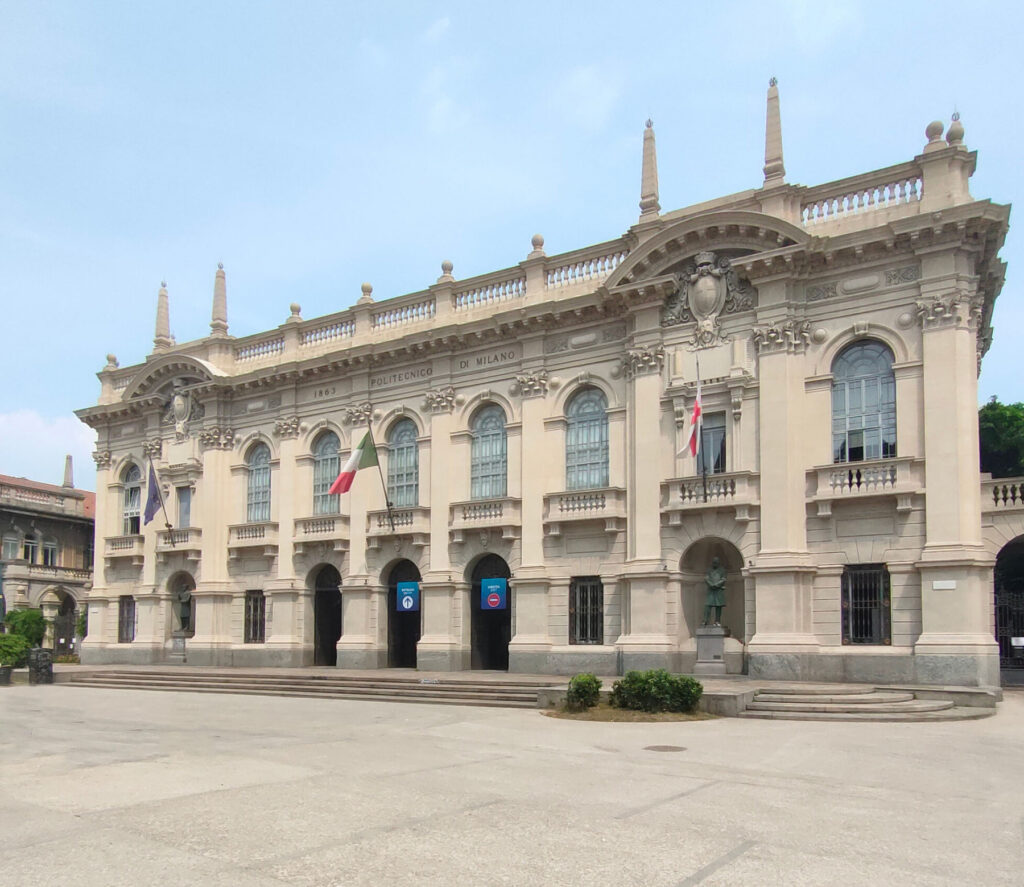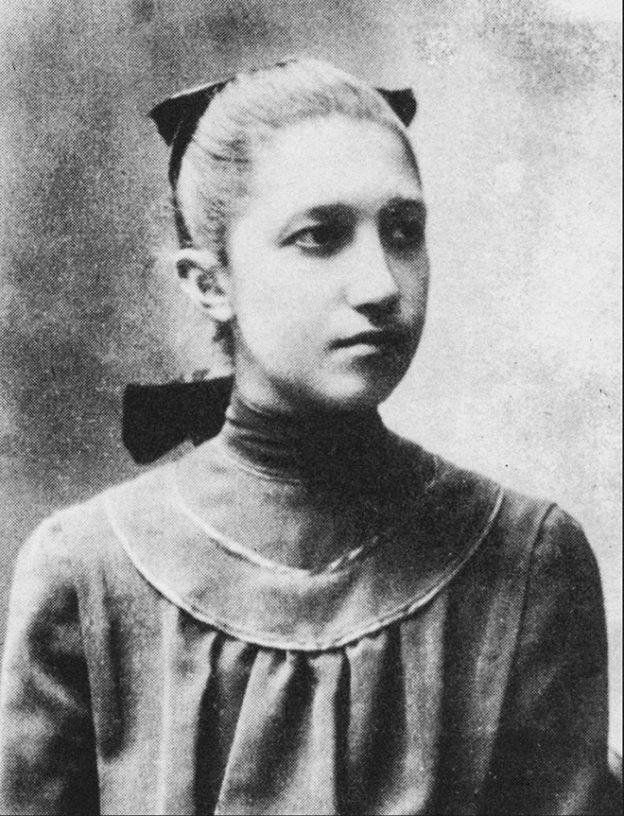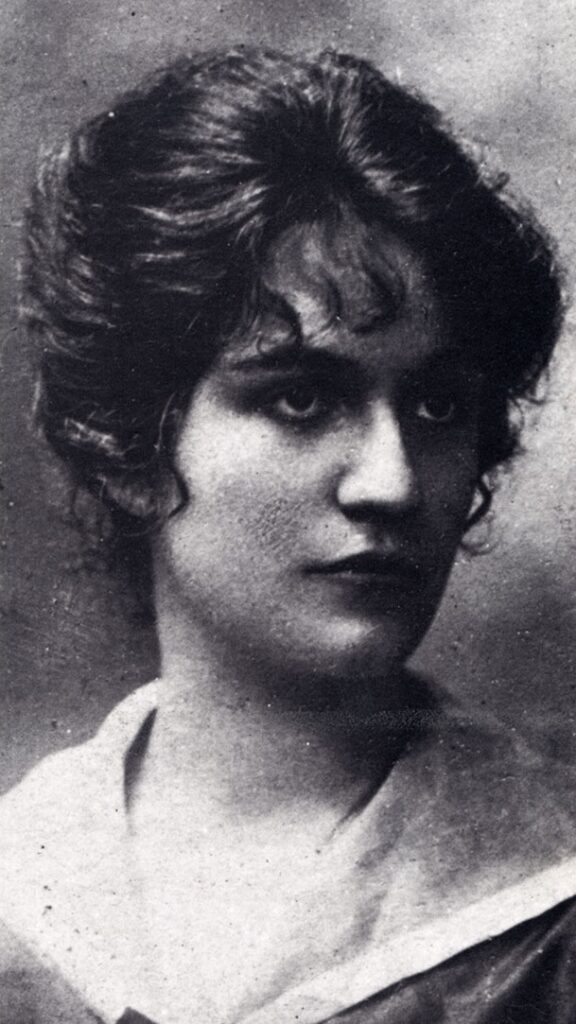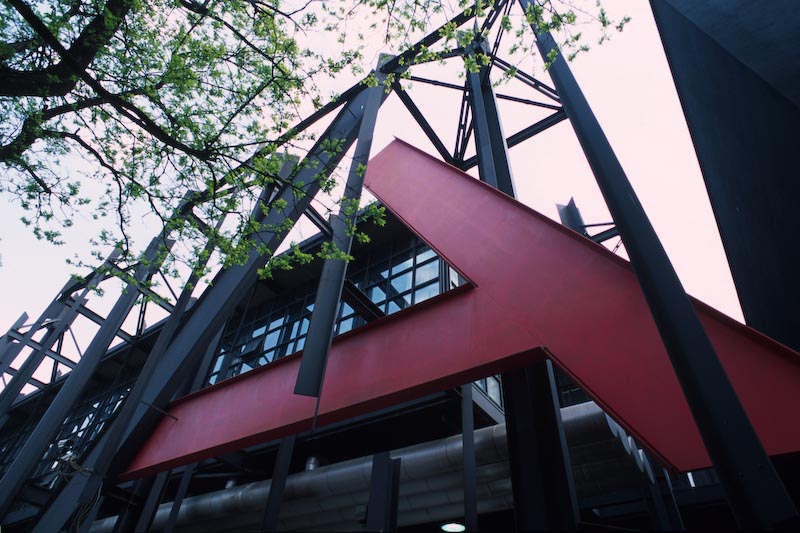15/03/2023
1863: a date that doesn’t mean much to most people, but which our community is particularly familiar with. It is actually engraved on the façade of the rectorate, the famous building in Piazza Leonardo da Vinci which, as the historical seat of our University, has seen many students and professors pass back and forth to attend lessons, exams and graduation sessions.
160 years have (almost) passed since that legendary date of 1863: what better way to 'celebrate' this anniversary (actually falling on 29 November) than to see where we started from and where we are now, after all these years?
We want to show you using words and numbers: let's get started!

The first rector, Francesco Brioschi, immediately became famous for his severity and for the strict rigidity with which he led the University, which was then called 'Regio Istituto Tecnico Superiore' and had just about thirty students, all engineers and all men.
The first female students would only appear over 20 years later: the first woman enrolled at the university was Tatiana Wedenison in 1888, but the first woman to graduate, Gaetanina Calvi, a civil engineer, only did so in 1913; a few years later, in 1918, the first female Italian electrical engineer, Maria Artini, graduated with a degree in Industrial Engineering.


In 1928 the first women to graduate in Architecture were Carla Maria Bassi and Elvira Morassi. In the years that followed, women maintained a constant, albeit numerically small presence at Politecnico di Milano: by the mid-1940s, about 100 out of around 9,500 graduates were women.
Nell’anno accademico 2021/2022 invece la popolazione studentesca iscritta al Politecnico è nell’ordine delle migliaia: si contano 47.170 studenti iscritti (a.a. 2021/2022, aggiornamento: febbraio 2022), di cui
Of these, about one third are women (36.8% in 2021 for master's degrees compared to 31.8% for bachelor's degrees). There is then a substantial gap between the numbers of female engineering students compared to those studying Architecture and Design:
"the data of the engineering enrolments at POLIMI - as the 2022 Gender Report states - is in line with the national average, which accounts for 27.2% of female students in the Engineering and Technology sector in 2021 (a figure practically unchanged compared to that of the previous year, 27.1%). Architecture and Design courses witness a predominantly female student population in both the Bachelor's and the Master's degrees. Furthermore, in all areas the proportion of female students increases in the transition from Bachelor's degree to Master's degree".
Initially limited to three-year courses and to the two paths of Civil or Industrial Engineering, on the initiative of Camillo Boito and through co-operation with the Brera Academy of Fine Arts, the School for Architects was added to the Institute in 1865 and in 1875 it was completed with the two-year Preparatory School.
Today Politecnico di Milano stands out as an excellence among universities within Italy and globally: in the QS 2023 ranking of June 2022, the University was ranked 1st in Italy and 139th in the world, featuring in the top 10% of excellent universities. The employment statistics of our graduates are also very positive: 98% of master graduates are already working one year after graduating, with almost total employment among engineering graduates (99%), but also among architecture and design graduates (97% and 94%, respectively) and 99% find a job 5 years after graduation (2022 data).
The first seat was located in the Collegio Elvetico in via Senato in Milan; two years later, in 1865, it moved to Palazzo della Canonica in Piazza Cavour. In the following decades, the expansion of the University (which came to occupy 10,000 square meters) led the State, the Municipality and the Milan Chamber of Commerce to decide that the Politecnico should be moved away from the centre and merge in a single location: the chosen site was the peripheral area of the Cascine Doppie - 'in Lambrate's expanse of lawn', as described by Alumnus Carlo Emilio Gadda. The seat, which would later become the historic headquarters in Piazza Leonardo da Vinci, was officially inaugurated in 1927.

But Politecnico di Milano soon became more than 'mere' Piazza Leonardo. In the following years the seat for the Architecture faculty was built, which was then expanded in the 1980s into via Ampère, with a building designed by Vittoriano Viganò and the construction of buildings for the Departments of Mathematics and Mechanics, which then became known by the names 'Nave' and 'Trifoglio' (ie 'ship' and 'clover').

In 1987 the University began to spread into other areas forming "Politecnico Rete", which led to the opening of the regional campuses of Como (1987, active until 2018) and Lecco (1989) and of the campuses of Cremona (1991), Mantua (1994) and Piacenza (1997), with the aim of establishing a more direct relationship with students and interacting with communities and with local manufacturing.
Furthermore, in the Milano Bovisa area, where some disused warehouses and old gasometres were, a university campus was built starting in 1989 with the new Faculties of Civil Architecture, Design and Industrial Engineering and a series of laboratories among the most advanced and innovative in Europe: the Wind Tunnel, for the development of research in the fluid dynamics field; the Transport Safety Laboratory, with its spectacular crash tests; the Design Laboratories.
In 2021, the new Architecture campus designed by Renzo Piano in the via Bonardi area was inaugurated in Milan Leonardo, which led to an increase in open spaces and studying areas available to students and an improvement in environmental quality through the creation of large green spaces.
Over the years, the University has distinguished itself as a point of reference in national and international research.
Politecnico di Milano has the highest number of Horizon Europe projects in Italy and the seventh-highest in Europe.
Politecnico di Milano also oversees technology transfer: through the TTO and Polihub, it manages the initial phases/analysis of how research may be utilised, contacts with inventors, the patenting process and the start-up of company spin-offs, to then support the new operations by offering young entrepreneurs and researchers the services they need to start the first phase of their companies.
Let's not forget the high social impact projects developed by the Universityand financed every year by tax donations (find out how to donate here).scopri qui come donare).
Among organisations eligible for the tax donation, the University was the highest benefitting university in 2022, with 985,530 euros donated, and the 6th highest of all research institutions (read here).
The University has invested these funds in high-impact social research projects, supplementing them with a part of co-funding allocated by the departments themselves or by public bodies and sponsors, according to the Politecnico’s vision of sustainable development that promotes the engagement of private and public sectors, civil society, researchers and financial institutions.
The global challenges of the environment, energy, health, urban regeneration, support for vulnerable populations and regions (but the list could go on) affect everyone and raise questions that scientific research is called upon to answer. It is a commitment that Politecnico di Milano has in its very DNA.
Sources: